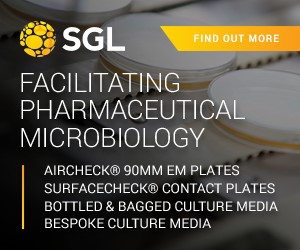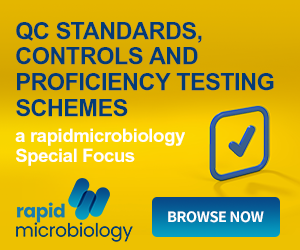Candida species are responsible for the most frequently encountered opportunistic fungal infections and are increasingly responsible for hospital acquired infections. Patients with impaired immune systems (such as transplant, cancer and AIDS patients) and critically ill patients (such as those on ICU and those receiving broad-spectrum antibiotics) are most at risk from infection. Studies have shown that, if an antifungal agent is not included in the initial therapy, a mortality rate of around 60% can be observed 1.
The incidence of serious Candida infections has increased since the late 1980s, coinciding with the increase in immunocompromised and seriously ill patients. Azoles are currently the most widely used of all antifungal agents. C. albicans, which is sensitive to azoles, is the most commonly encountered of the Candida species in clinical practice. However, other Candida species are becoming increasingly prevalent and are problematic due to the emergence of strains that are resistant to amphote ricin B and newer azoles 2.
By allowing good and rapid differentiation of C. albicans from other Candida species (including those that are resistant to azoles), OCCA helps to improve the initial therapy choice. This should have a major impact on morbidity and mortality rates, and on the duration of hospitalisation associated with Candida infections.
In a comparative evaluation 3, OCCA was shown to promote good growth of Candida species and allowed detection of more C. albicans strains at 24 hours than an alternative chromogenic medium. OCCA also provided superior detection rates of mixed yeast cultures over traditional media, allowing both major and minor populations to be identified.
References:
1.Ibrahim E.H. et al (2001) The influence of inadequate antimicrobial treatment of bloodstream infections on patient outcomes in the ICU setting. Chest, 118(1):146-55
2.Sheehan, D. J., Hitchcock, C. A. and Sibley, C. M. (1999) 'Current and Emerging Azole Antifungal Agents' Clinical Microbiology Reviews, 12(1): 40-79
3.De Caux, B. S., Thomas, D., Stephens, P. J. and Booth, C. (2004) Clinical Evaluation of a new selective and differential medium for the rapid isolation and presumptive identification of Candida spp. Poster presentation, Thermo Scientific Limited, folio LT1012.
|






